In the vast world of apples, two varieties have stood out for their distinct qualities and popularity: the Fuji apple and the Red apple. These two widely consumed fruits have captured the taste buds of millions around the globe. In this article, we will explore their unique attributes, health benefits, market demand, and potential business opportunities. 1. Flavor Profile: The first consideration when comparing apples is their flavor. The Fuji apple offers a perfect balance of sweetness and acidity. Bite into a Fuji, and you’ll experience crisp, juicy flesh with a pleasant tartness followed by a honey-like sweetness. On the other hand, the Red apple leans more towards a classic sweet taste, with slight tartness intertwined within its juicy texture. Both varieties offer distinct flavor profiles that consumers appreciate. 2. Nutritional Value: Apples are known for their impressive health benefits, and the Fuji and Red apples are no exception.

.
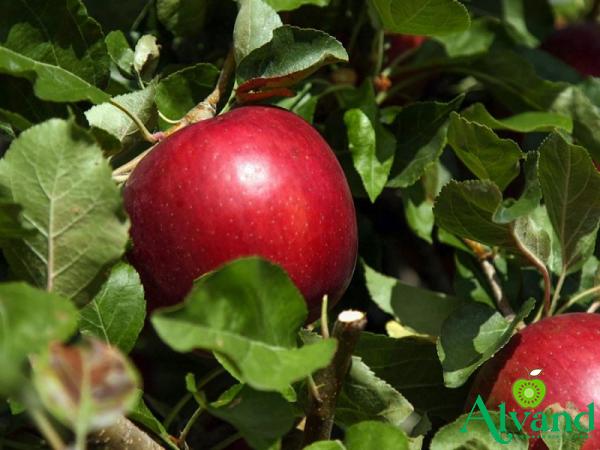 They provide essential vitamins, antioxidants, and dietary fiber. However, the Fuji apple packs a slightly higher nutritional punch, containing more vitamins C and B6, as well as a larger concentration of antioxidants. This distinction could play a crucial role in consumers’ decision-making process, particularly those seeking nutritional value. 3. Market Demand: Understanding the market demand for each apple variety is essential for businesses seeking to capitalize on their popularity. While the Red apple remains a popular choice worldwide, the Fuji apple has gained significant traction in recent years. Its crisp texture and unique blend of flavors have made it a favorite among consumers, particularly in Asian markets. Businesses targeting health-conscious consumers or those with a penchant for sweeter, tangy fruits would find ample opportunities in both varieties.
They provide essential vitamins, antioxidants, and dietary fiber. However, the Fuji apple packs a slightly higher nutritional punch, containing more vitamins C and B6, as well as a larger concentration of antioxidants. This distinction could play a crucial role in consumers’ decision-making process, particularly those seeking nutritional value. 3. Market Demand: Understanding the market demand for each apple variety is essential for businesses seeking to capitalize on their popularity. While the Red apple remains a popular choice worldwide, the Fuji apple has gained significant traction in recent years. Its crisp texture and unique blend of flavors have made it a favorite among consumers, particularly in Asian markets. Businesses targeting health-conscious consumers or those with a penchant for sweeter, tangy fruits would find ample opportunities in both varieties.
..
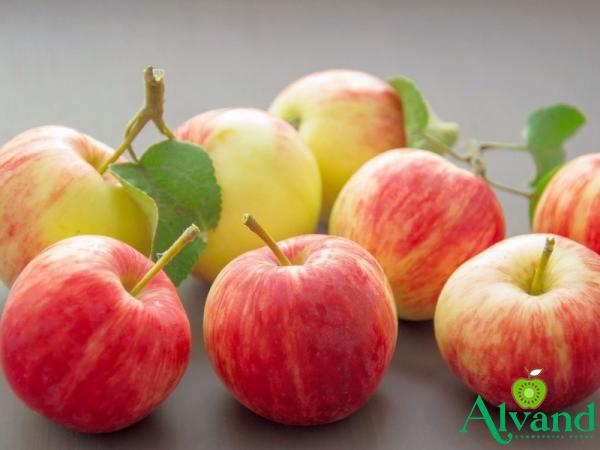 4. Farming and Growing Conditions: When considering commercial cultivation of Fuji and Red apples, understanding the specific environmental requirements is vital. Fuji apple trees thrive in cooler climates, demanding long and cold winters to induce proper fruit setting. Additionally, they require slightly acidic, well-draining soil. In contrast, Red apples are more adaptable to various climates, making them suitable for a broader range of regions. These factors should be considered by farmers and potential suppliers in their cultivation decisions. 5. Value-Added Products: Beyond the fresh fruit market, both the Fuji and Red apple varieties present opportunities for value-added products. These include apple juices, jams, pies, and baked goods, which can cater to diverse consumer preferences.
4. Farming and Growing Conditions: When considering commercial cultivation of Fuji and Red apples, understanding the specific environmental requirements is vital. Fuji apple trees thrive in cooler climates, demanding long and cold winters to induce proper fruit setting. Additionally, they require slightly acidic, well-draining soil. In contrast, Red apples are more adaptable to various climates, making them suitable for a broader range of regions. These factors should be considered by farmers and potential suppliers in their cultivation decisions. 5. Value-Added Products: Beyond the fresh fruit market, both the Fuji and Red apple varieties present opportunities for value-added products. These include apple juices, jams, pies, and baked goods, which can cater to diverse consumer preferences.
…
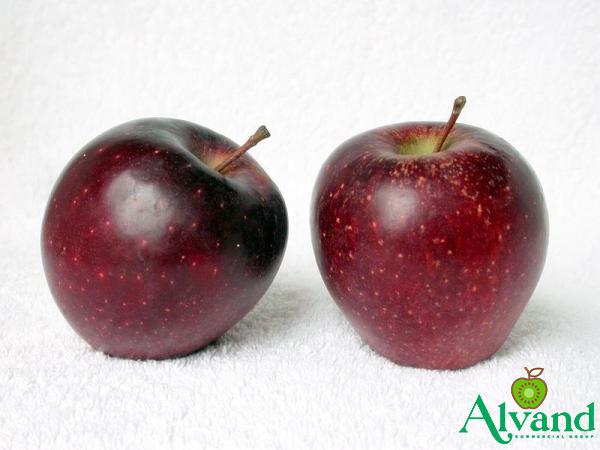 By diversifying their product offerings, businesses can tap into the growing market demand for processed apple products. Conclusion: The battle between the Fuji apple and the Red apple continues to captivate fruit enthusiasts worldwide. With their distinct flavors, nutritional value, and market demand, both varieties offer unique opportunities for entrepreneurs and businesses in the apple industry. Understanding these qualities, as well as farming and growing conditions, can guide businesses in making informed decisions and exploring potential growth avenues. Whether it’s in the fresh fruit market or the expanded realm of processed products, the Fuji and Red apple varieties are ripe with potential.
By diversifying their product offerings, businesses can tap into the growing market demand for processed apple products. Conclusion: The battle between the Fuji apple and the Red apple continues to captivate fruit enthusiasts worldwide. With their distinct flavors, nutritional value, and market demand, both varieties offer unique opportunities for entrepreneurs and businesses in the apple industry. Understanding these qualities, as well as farming and growing conditions, can guide businesses in making informed decisions and exploring potential growth avenues. Whether it’s in the fresh fruit market or the expanded realm of processed products, the Fuji and Red apple varieties are ripe with potential.




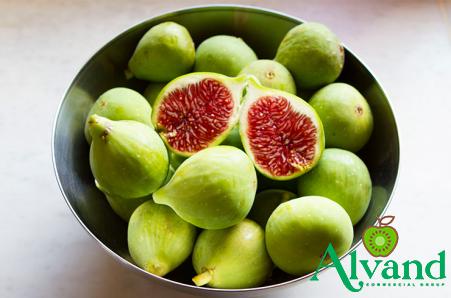

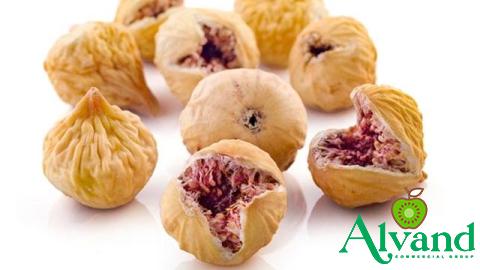
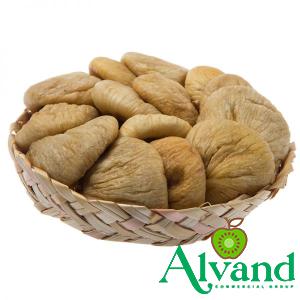
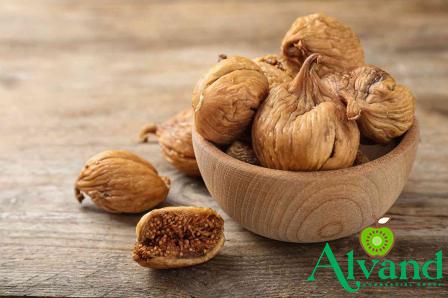
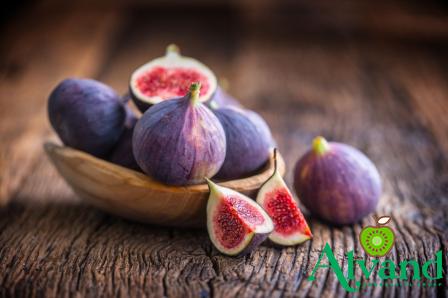
Your comment submitted.